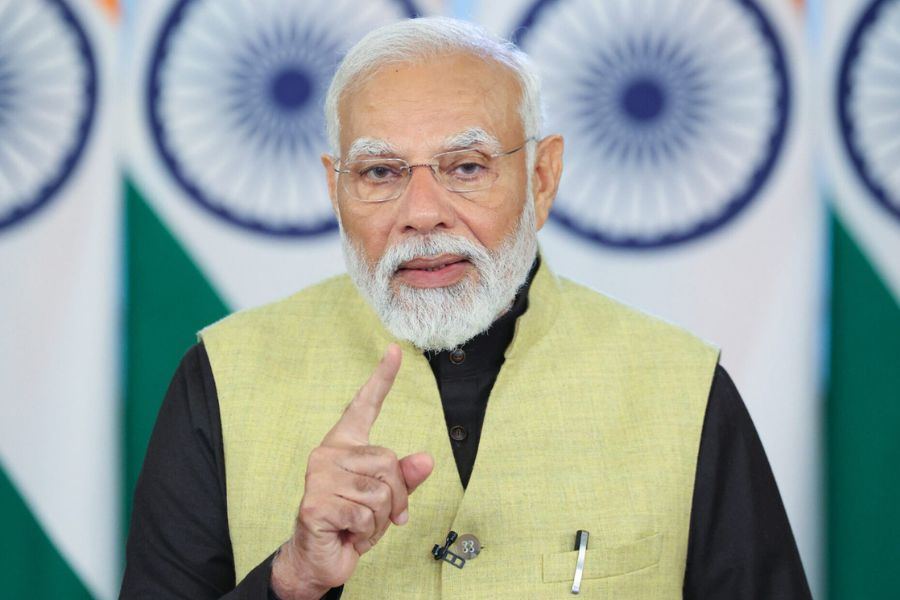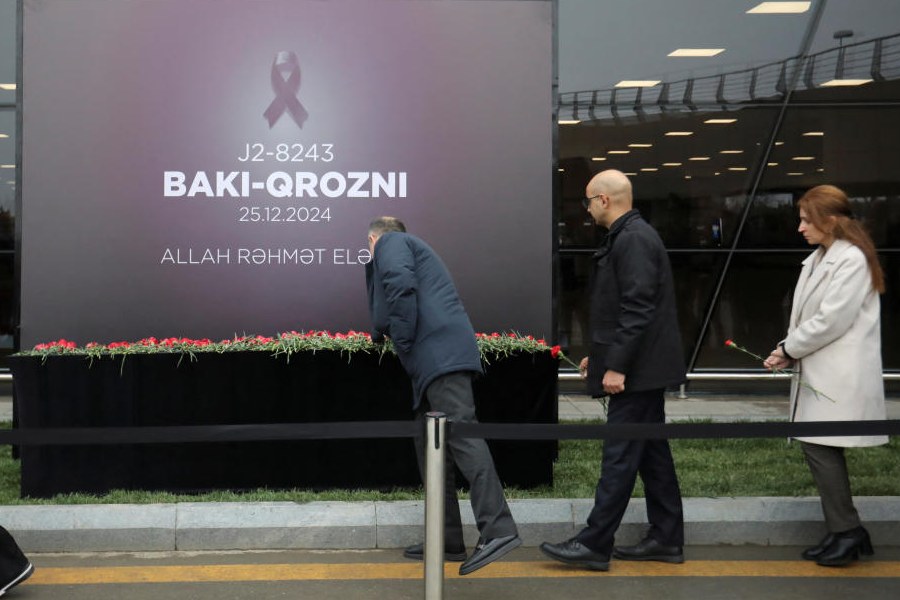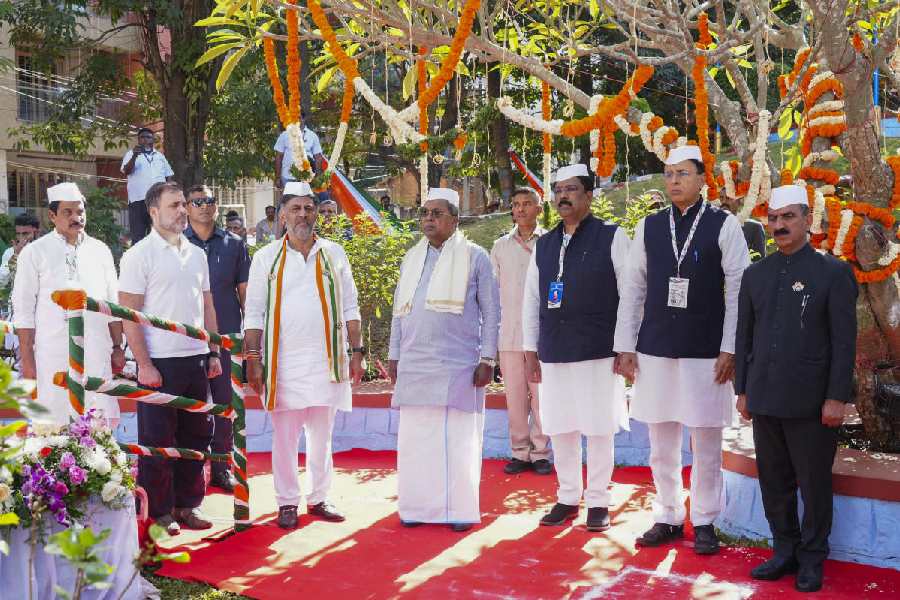India is today the world’s fifth-largest car market in terms of new vehicle registrations. It also accounts for a decent sized market for supercars and hypercars, which, expectedly, is a tiny slice of the total car market. And despite Indian-owned teams in top racing spaces like Formula 1, which is about cars with internal combustion (IC) engines, and Formula E, which is for battery electric vehicles (BEV), there has never been an indigenous hypercar. The nearest we have got to that is the Pininfarina Battista, which is made by the Italian company Pininfarina that is now owned by Mahindra. Now, there is an attempt by a Mumbai-based startup, Vazirani Automotive, to develop and build the first hypercar by an Indian company.
Vazirani, set up in 2015, built it’s first hypercar concept, Shul, that it displayed at the Goodwood Festival of Speed in 2018. That was based on the idea that it would be an IC engine-powered vehicle. However, there has been a change of track towards electric power and it is now intended to be a BEV. On the way to achieving that end, Vazirani Automotive has created another vehicle, the Ekonk, which is a working concept of a BEV and the test bed for what the Shul is eventually likely to be. And last month it tested the prototype at the Natrax proving grounds near Indore, Madhya Pradesh.
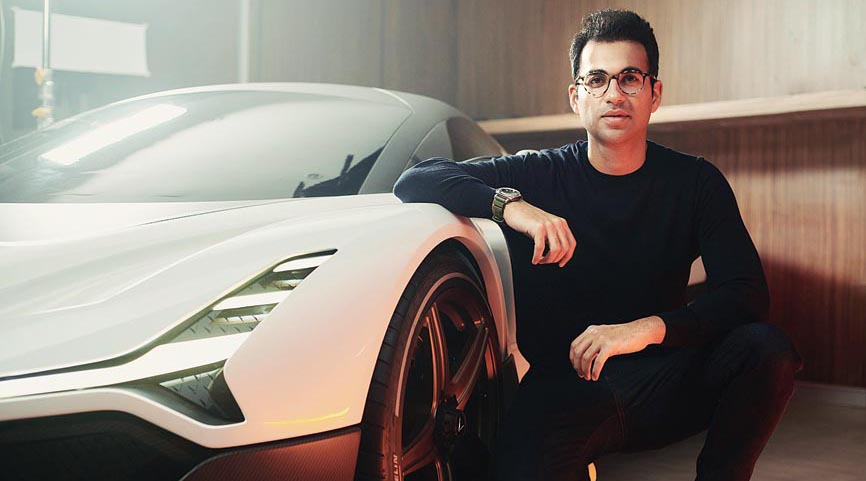
Chunky Vazirani with the Shul concept. Vazirani Automotive
The brainchild of young automotive designer Chunky Vazirani, the Ekonk is also the test of a lighter electric power train and battery setup which, if it stands up to the testing, could change the way electric power trains are set up. Vazirani isn’t the only such company in the world. There are small outfits elsewhere in the world. like Rimac of Croatia or Rivian in the US. that are exploring the possibilities of building electric vehicles from the ground up. And with the electric power trains comparatively easier to work with, they are pushing at the frontiers of possibility.
Soon after the Natrax testing, the company announced that it might even be launching the Ekonk in a limited production run. t2oS spoke with Chunky Vazirani to get a sense of what could be in the offing. Excerpts.
The first thing that we wanted to know is when you set up Vazirani Automotive, what was the objective? What did you want to do?
I’m a car designer. I’ve been passionate about cars ever since I was a kid. And the journey was always to kind of create some beautiful machines in India, which is something that I never saw growing up. And that was the impression that kind of stuck with me, you know. Then after my high school in Mumbai, I went on to study car design in California, at the Art Center College, Pasadena.
The place spawned a lot of car designers actually.
Yeah, exactly. A lot of the chief designers are from that college. I went on to study there [he was there from 2007] and that’s the first time in my life that I felt life was actually fun. Before that it was just hard studying in school.[Here] my exam was literally designing a new car every semester, which was just amazing fun.
Vazirani remained a student at the Arts Center till 2014, taking multiple breaks for internship and work experience at various auto companies since the acceptability of students is greater. It started with Yamaha in Japan as he was feeling a little tired of four wheelers, but soon it was back to cars with Volvo in America, Jaguar Land Rover in the UK (it was a when the new Land Rover Defender, the Range Rover Velar and the Jaguar F-Type facelift was being designed) and Rolls-Royce in Munich. The Rolls design studio was just six people. With him being the seventh and he had a fair bit to do. The latest Phantom and Ghost as well as the Cullinan were being designed then. The next target was supercar maker Pagani in Italy.
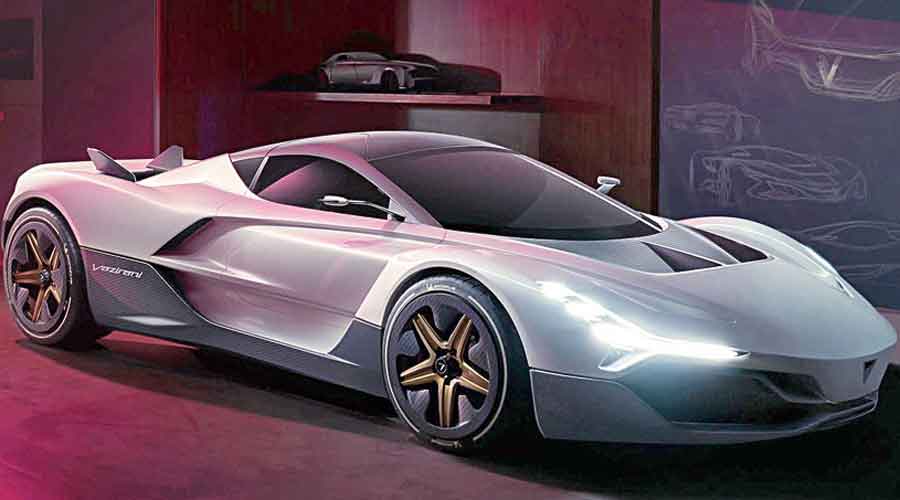
The Vazirani Shul is being billed as the first hypercar by an Indian company. Vazirani Automotive
So how was it at Pagani?
I went with Pagani you know, basically got a job there. And that’s what I was looking forward to after my last semester. That would be my first official job after college. I graduated in spring 2014. And then I was just waiting around in Mumbai because, of course, the visa process in Italy takes its own sweet time. And then, you know what, they just said that it’s not happening, we might have to try again next year. And the way it was just getting too long, and that’s when I felt like maybe it’s a sign or maybe it’s time for me to just start the company here in India. It’s something that I always wanted to do, but I just didn’t have the confidence or the connections and things like that. But I just felt like okay, maybe now’s the right time.
So when you started Vazirani Automotive, was it supposed to be a design house, or a car company?
The dream was always to design, have that design intent in mind, and design, you know, is the expression of art. But, of course, [I wanted to] combine that with next generation of technologies. So, in the beginning, to be honest, we didn’t really have the technology. So we partnered with a company in the UK and we were going to do design work for them and they were going to do the engineering work. At that point it wasn’t an EV, it was a combustion engine car. But it was like the obvious first step for us because we just had to do design work, which we were good at. And I had confidence in doing that. Then about six-eight months into that relationship, it kind of fell apart because some guys are very engineering based. So they weren’t really willing to kind of, you know, modify the chassis and things like that. But that was one of the best things that could happen to us because we learned so much working with them about the chassis and suspension and things like that. Then we had some expertise ourselves from this company that’s been doing it for 20 years.
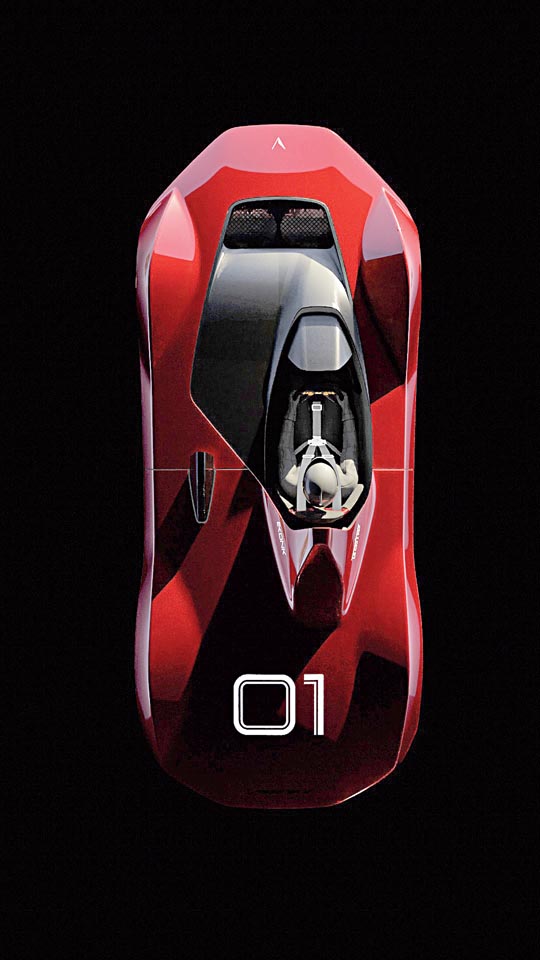
Vazirani Automotive
After that, once we had the confidence on the chassis suspension, the body and how to lay out the architecture of the car, the next challenge became figuring out the electric powertrain. Initially, of course, the idea was always to make it an electric car, but, to be honest, I just didn’t have the confidence because everything was kind of starting from a blank sheet of paper, and it was just too much, it was too intimidating.
I think about the middle of 2016 we decided to switch to electric completely because that’s when we had the confidence about the rest of the car. And since then we just hired a bunch of people and just expanded the team and really started working with some consultants and to make it electric and see what we can do on the technical front.
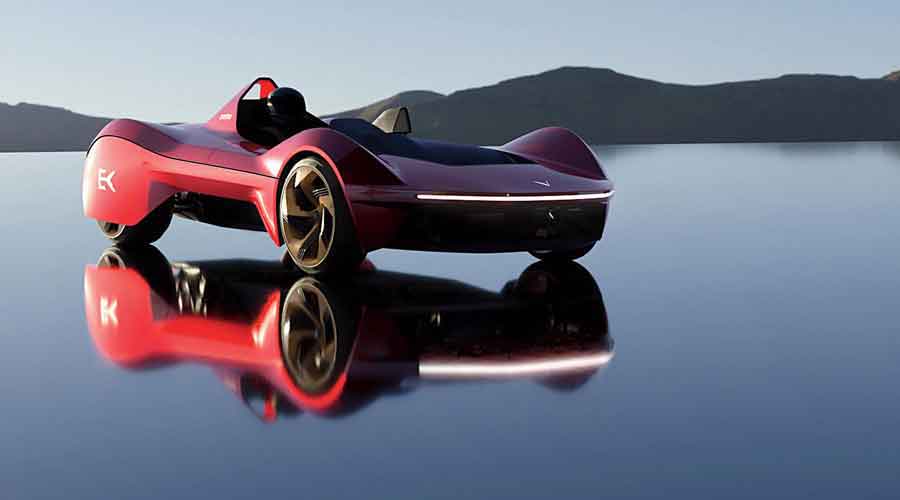
Vazirani Automotive
How was your company expecting to make money after you parted ways with the British company?
After we parted ways, we had a vision of creating the Shul, the product that we first showcased at Goodwood, we had a vision for that. We had an understanding of what that would be like, and we felt that vehicle would be unique in its own way. We had the confidence and decided to build it all ourselves. And you know, that’s only from the from the other company we understood where the pitfalls lie.
The Shul was not a working prototype, but it was displayed at the Michelin stand and did a world of good for Vazirani’s credibility when people saw collaborations with GranTurismo and Force India. People started taking them seriously and, in a way, launched the brand.
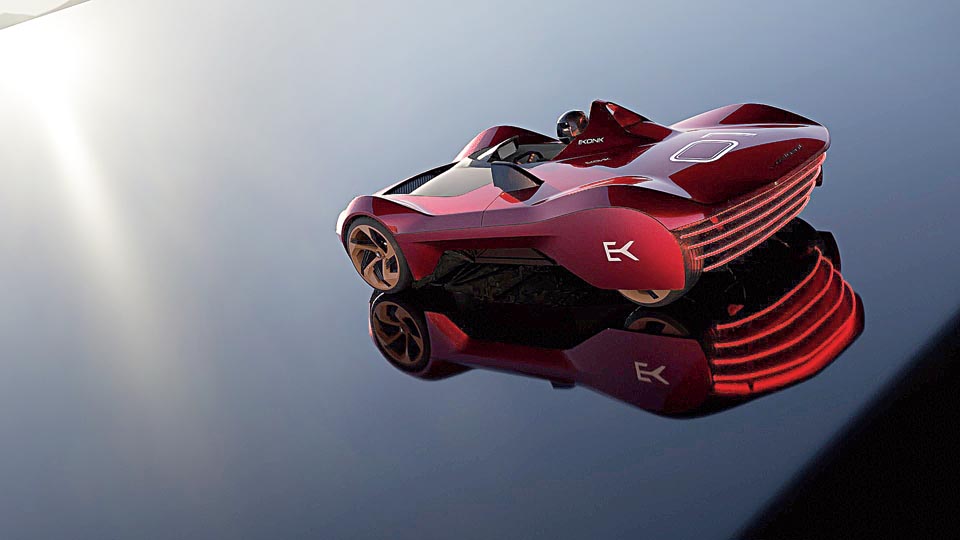
Vazirani Automotive
What was the evolution from the show?
After we showcased the Shul in 2018, the whole purpose for us was to really figure out the battery technology, because that’s really the heart of the electric vehicle. Things like motors and inverters are something that we can source. But ultimately, the battery pack is something that has to be sort of bespoke, and it has to be something that’s fine tuned for specific needs that every car has. And we felt it’s important in the long term for the company to have that expertise. So we really focused on that. And we tried different methods of putting the battery packs together. And finally, after a lot of trial and error, and a lot of experimentation we figured out a unique technology, it was primarily involved with material innovation combined with the way that we build the battery pack very light and more efficient.
Air cooling is really tricky for electric cars because you have thousands of cells in one small area and air can enter and cool it and come out. And even if you have an intake, air enters one area and it’s very hard to maintain a temperature balance because there’s always a temperature gradient, especially when the batteries are so big. [Vazirani Automotive’s DiCo technology battery packs are supposed to be about 20 per cent lighter than the usual liquid-cooled packs.] So, the major problem that we solved is that we make it possible for that air cooling to actually be successful.
The Vazirani Ekonk : What we know so far
⚫ What is it? A single-seater, battery-electric sports car concept which is now a working prototype. It is also the test bed for BEV technologies being developed by Vazirani Automotive.
⚫ How powerful is it? The peak power output has been claimed at 722hp.
⚫ How heavy is it? It weighs in at 738kg, one of the lighter BEVs that nearly achieves the golden ratio of one-to-one for power-to-weight
⚫ How quick is it? The Ekonk has hit a top speed of 309kmph. Acceleration from standstill to 100kmph took 2.54 seconds, which is claimed to be the fastest by any Indian vehicle, although there are quicker BEVs elsewhere.
⚫ What’s the technology that’s being tested in it? It’s a direct cooling, or air-cooling tech called DiCo that’s being tried out for the battery to cut down on the weight of a liquid cooling system.


